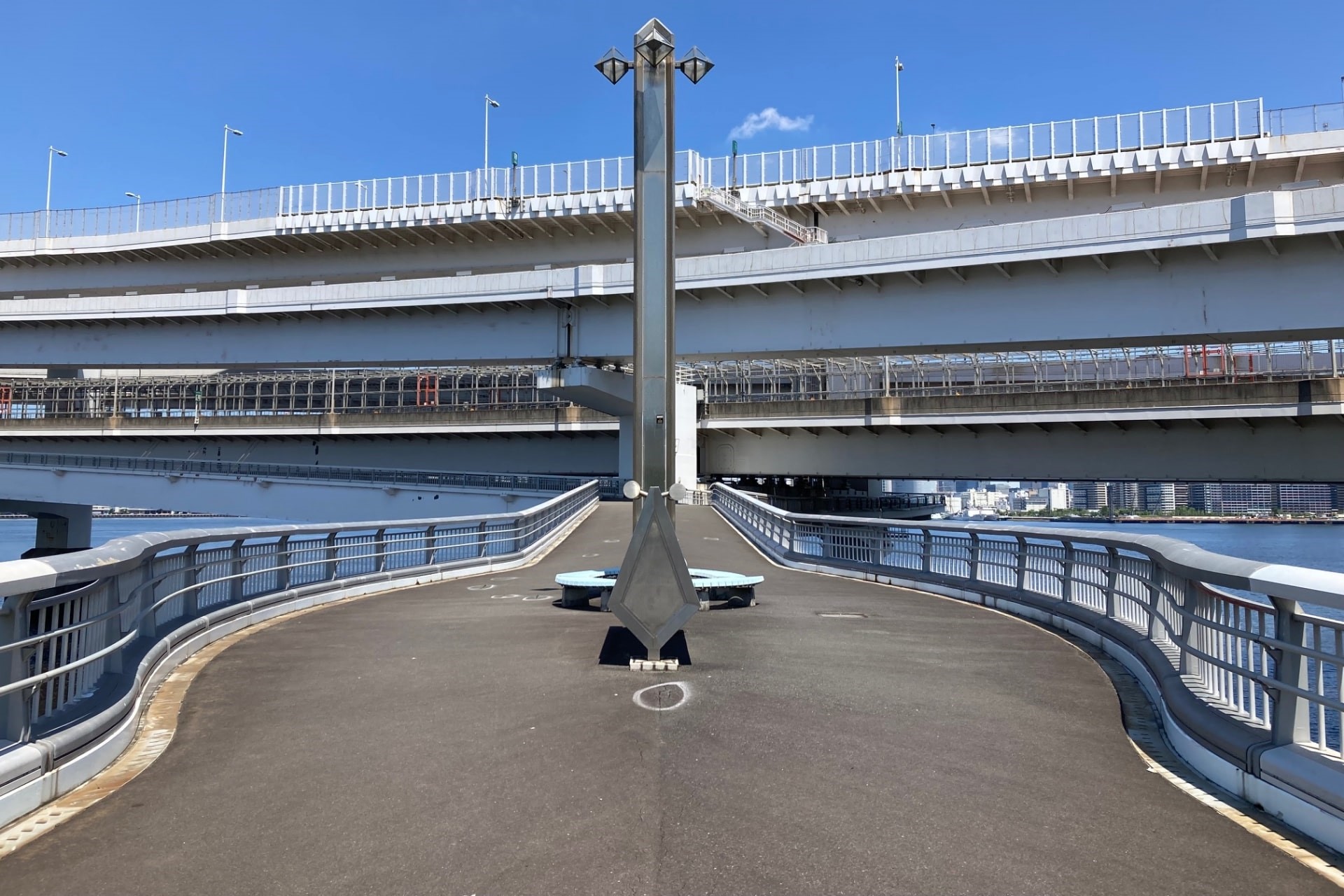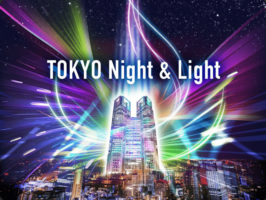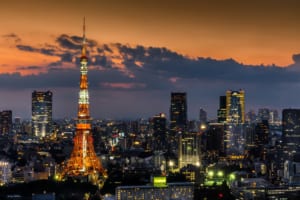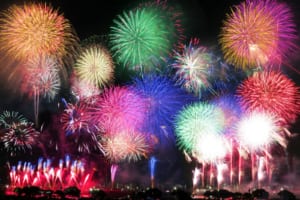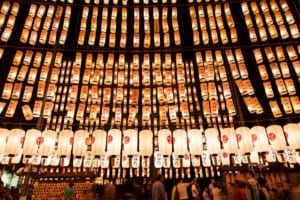Rainbow Bridge: The Most Colorful Landmark in Tokyo Bay
Guide to Rainbow Bridge in Tokyo
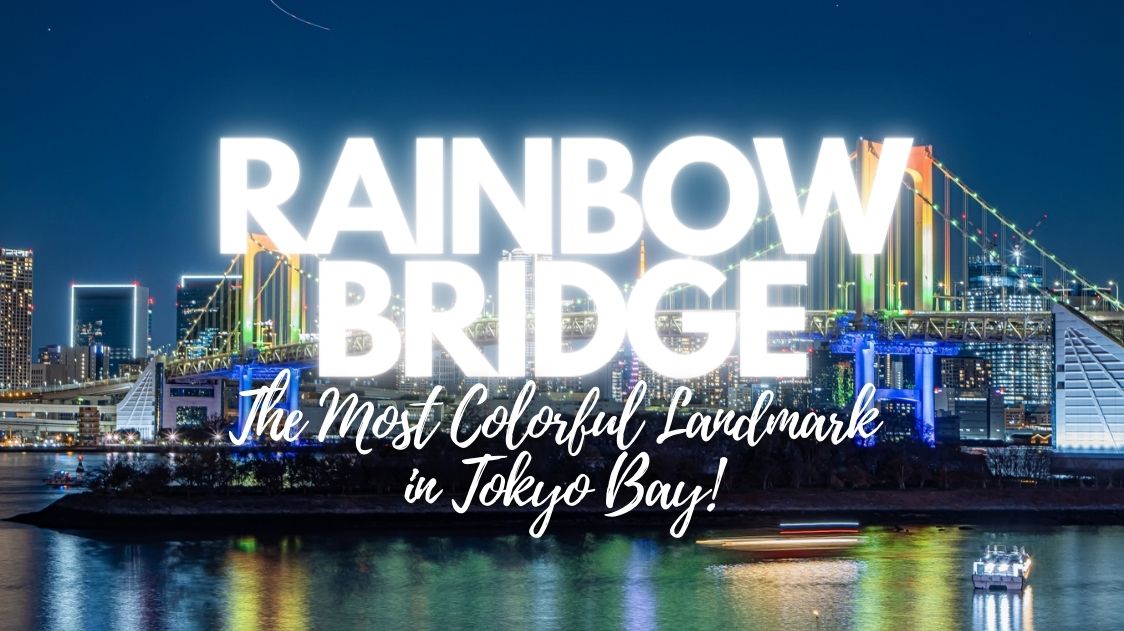
Since its opening in 1993, the Rainbow Bridge has become an iconic symbol of the Tokyo Skyline. This stunning suspension bridge, connecting the Shibaura Pier with the Odaiba waterfront, is particularly famous for its nighttime illumination resembling a rainbow, hence the name.
Beyond just looking pretty, this bridge serves as a crucial transport link while also offering pedestrians crossing it, breathtaking views of Tokyo Bay, Mount Fuji, and the Tokyo Tower. This is why the Rainbow Bridge is a popular scenic route for those who drive or walk through it, as well as those taking the monorail on the Yurikamome line.
See also: 15 Best Things to Do in Odaiba
*Please note that this article contains affiliate links.
What is the Rainbow Bridge?
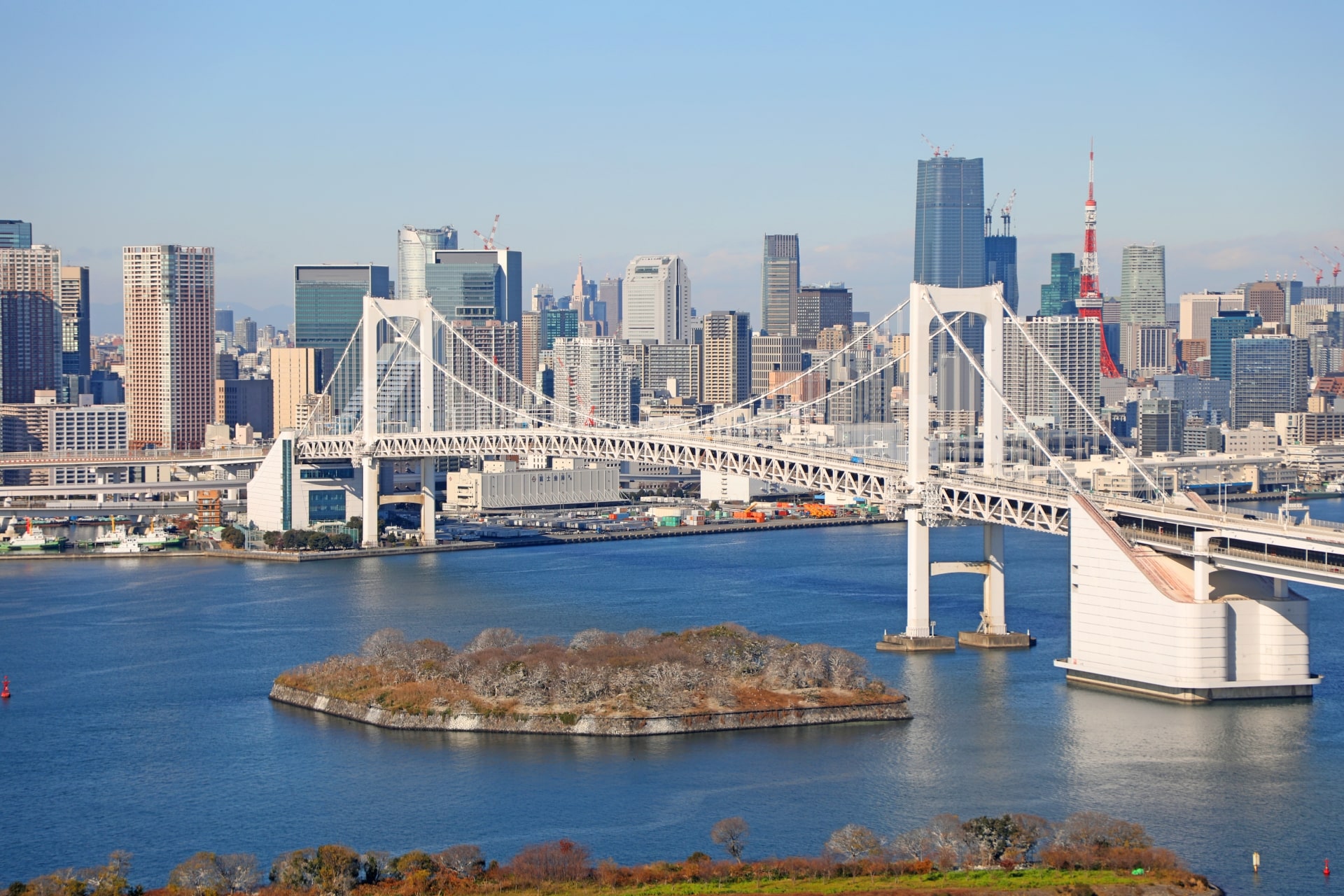
The colors also vary often, especially during festive seasons and special events, so over the years it has become a very popular spot for night photography. When it’s not displaying its famous color palette, it’s usually illuminated in warm white during winter and cool white during summer.
The bridge has two decks: the upper deck carries the Shuto Expressway’s Daiba Route, while the lower deck hosts the Yurikamome Line, a pedestrian walkway, and local traffic routes. The illumination and its strategic location near Odaiba make it a major attraction in the area, appearing in lots of media like movies, shows or videogames.
What to do at Rainbow Bridge
- Walk across the pedestrian walkways for panoramic views. The north walkway provides views of the inner harbor and Tokyo Tower, while the south walkway looks out over the bay and Odaiba.
- Enjoy night views with the illuminated bridge from either side.
- Take a Yurikamome train ride for a scenic journey with panoramic views of Tokyo Bay and surrounding areas.
- Capture photographs of Tokyo Tower and Mount Fuji from the bridge.
- Visit Odaiba Marine Park (Odaiba Kaihin Koen) for a relaxing stroll and to enjoy the vantage point for viewing the Rainbow Bridge, especially during sunset. On the Tokyo side, Shibaura Minami Futo Park is also a very good spot to enjoy the views.
- For a different perspective of the Rainbow Bridge, consider taking a boat cruise on Tokyo Bay. Various cruise options are available, ranging from short sightseeing tours to dinner cruises. These cruises offer unique views of the bridge and the Tokyo skyline, particularly enchanting when the bridge is illuminated at night.
How to get to Rainbow Bridge
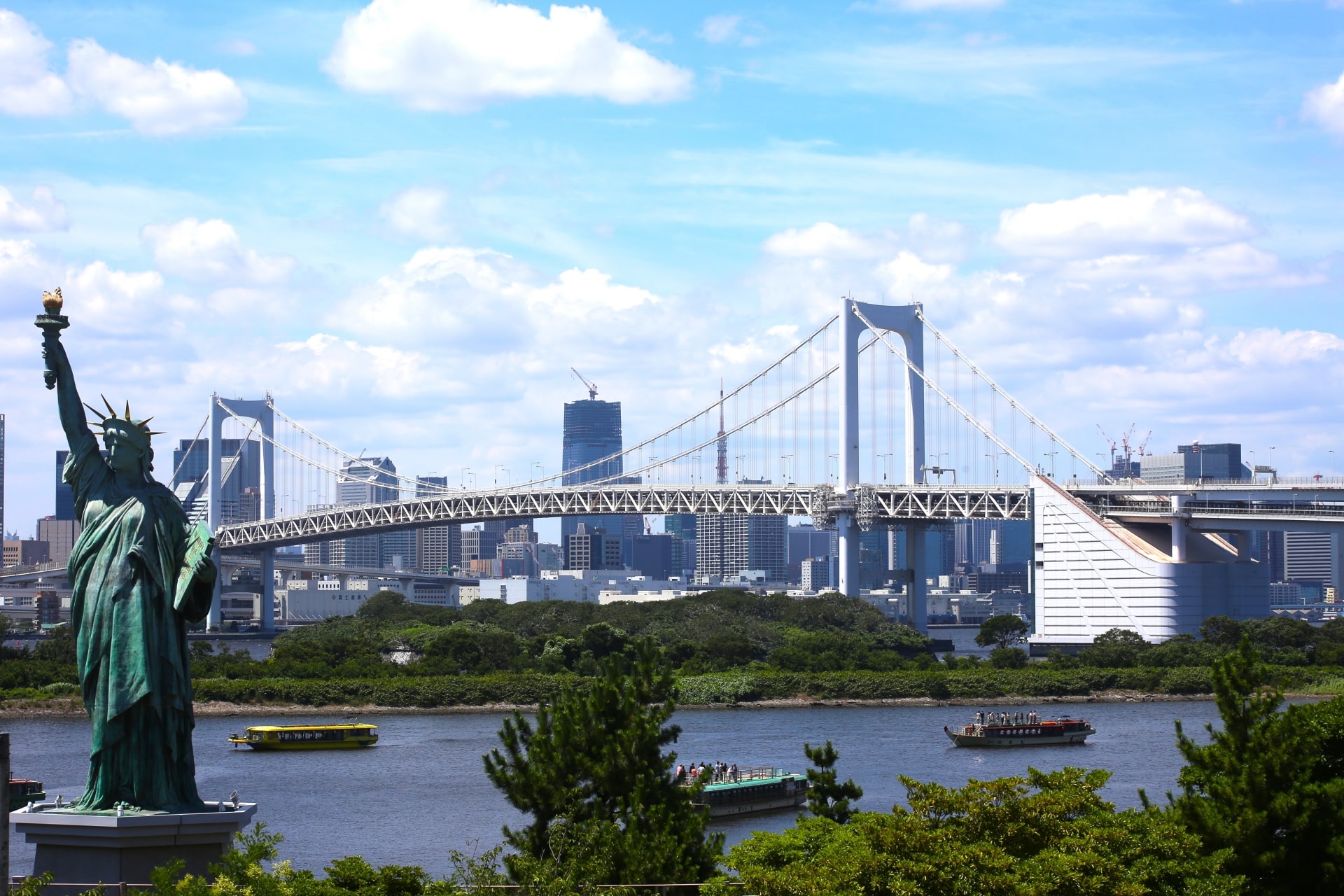
Tourist attractions near Rainbow Bridge
The Rainbow Bridge is not only a captivating landmark in itself but also serves as a gateway to several nearby attractions that offer diverse experiences for visitors. Here are some notable places to explore:
1. Tokyo Joypolis
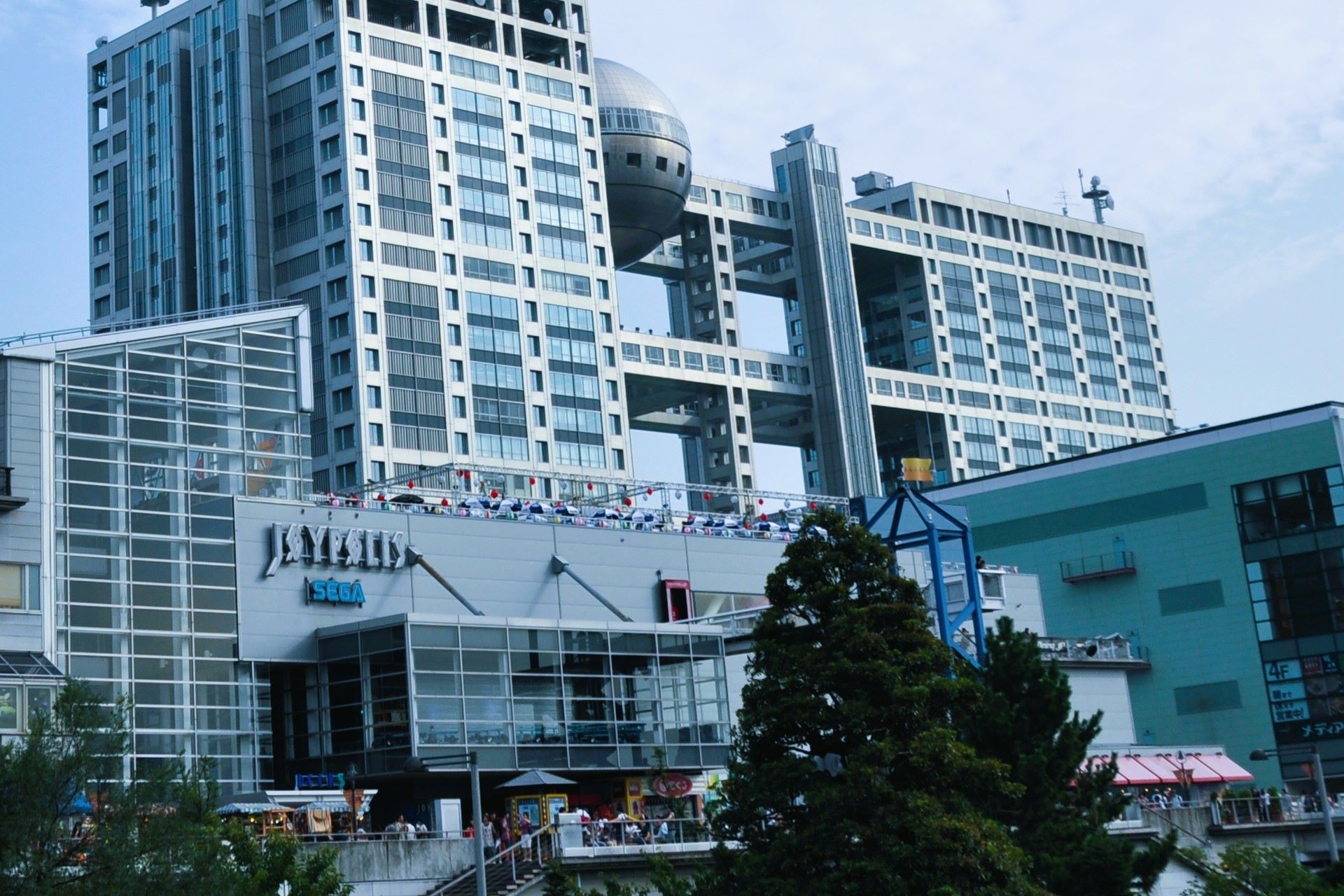
<<Book your Tokyo Joypolis Passport here!!>>
More info: Tokyo Joypolis: Japan’s largest indoor theme park!
2. TeamLab Planets Tokyo
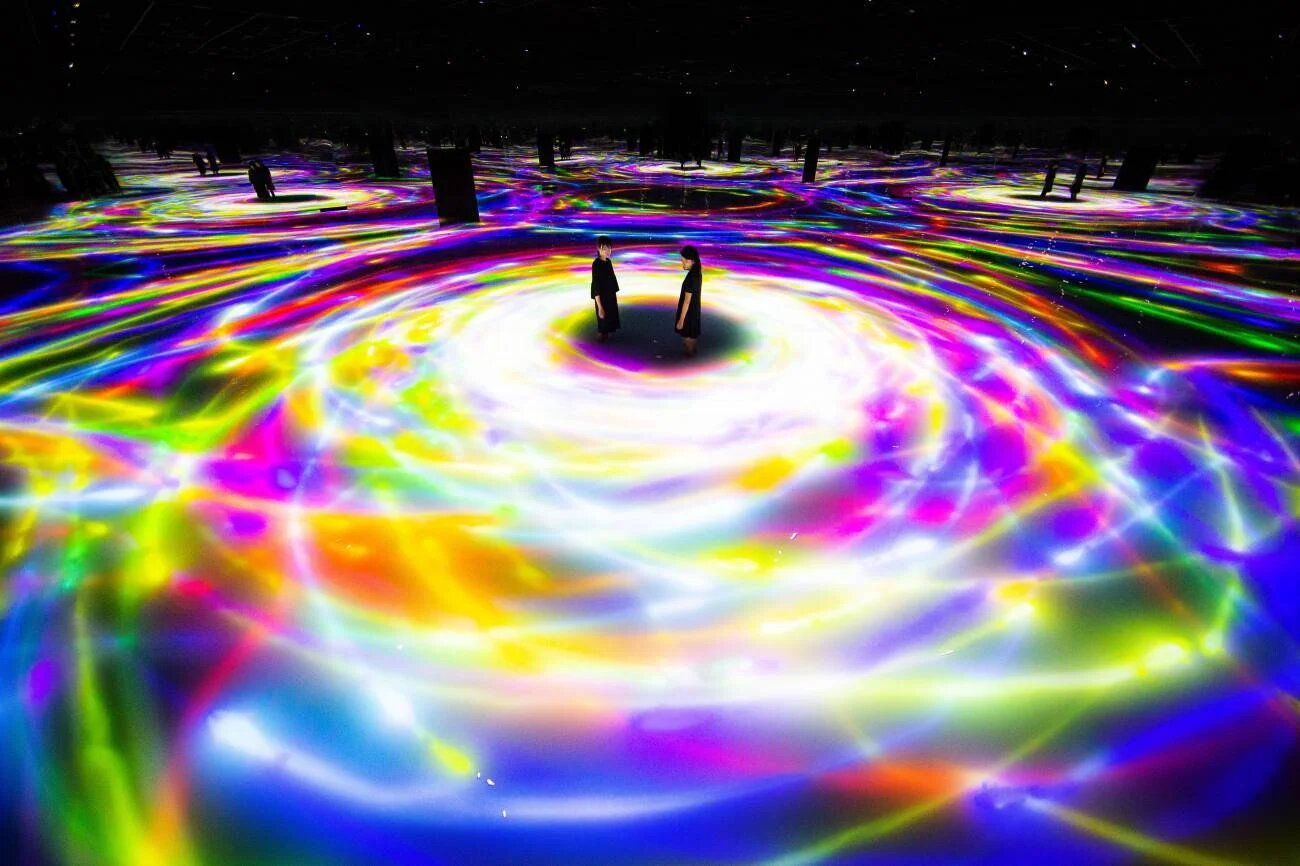
TeamLab Planets Tokyo is an immersive digital art museum located in Toyosu, not far from the Rainbow Bridge. It offers a unique, interactive experience where visitors can walk through water, navigate a garden of flowers, and become part of the art installations. The museum is designed to engage all the senses, creating a transformative experience that blurs the line between art and reality.
<<Book your teamLab Planets TOKYO tickets in Toyosu here!>>
More info: TeamLab Planets Tokyo in Toyosu
3. Statue of Liberty
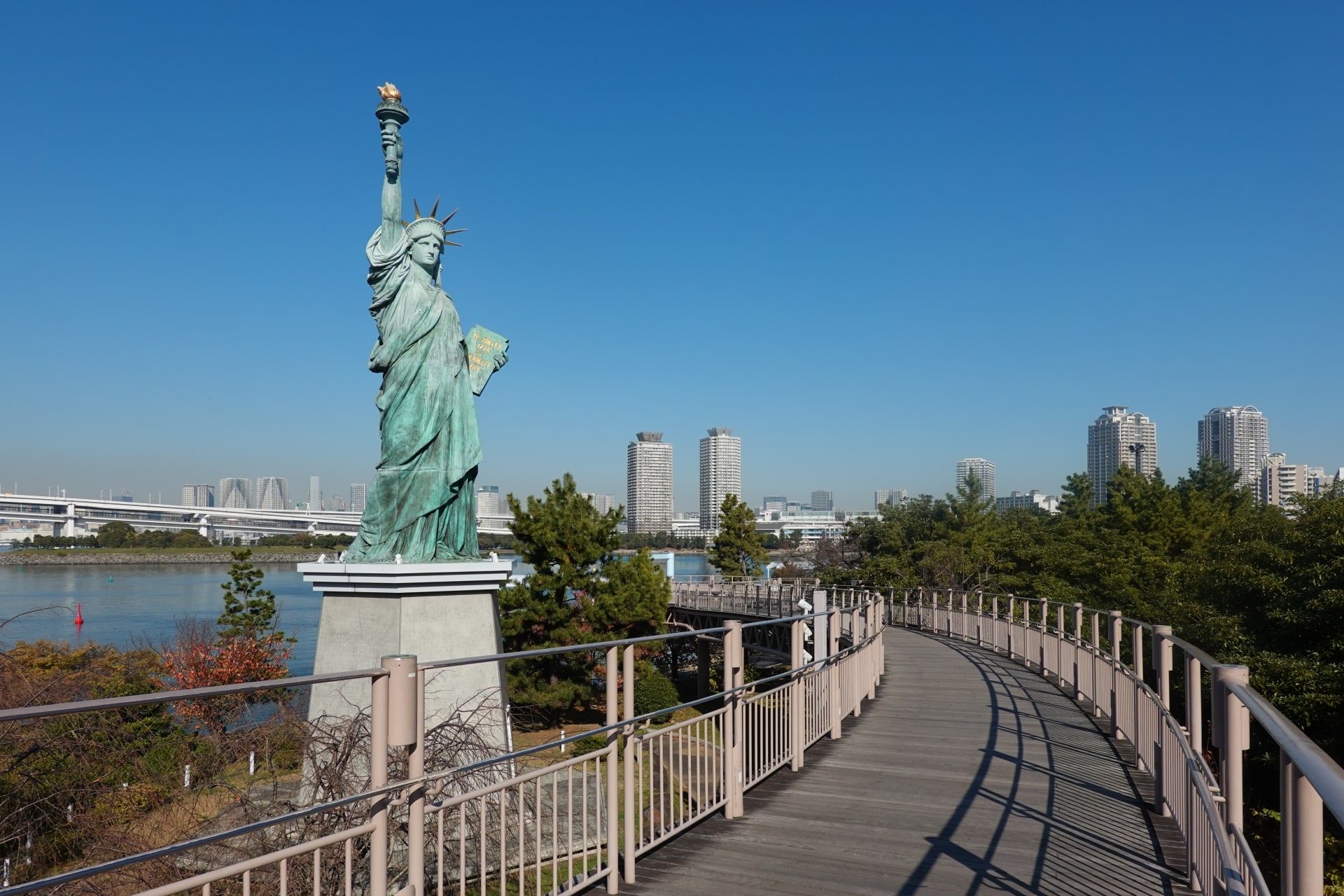
4. Fuji TV Building
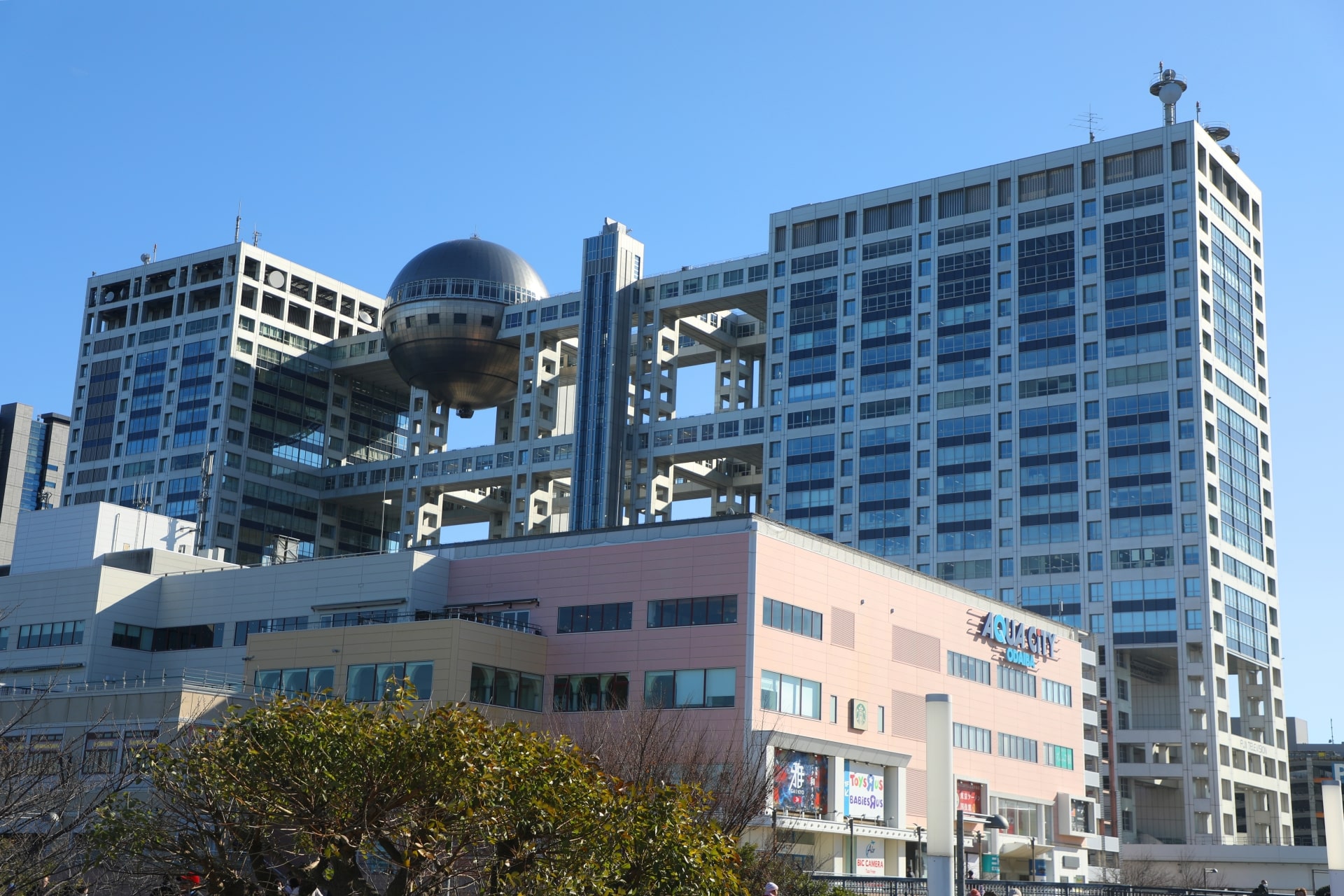
 Access Access |
4-min walk from Daiba Station |
|---|---|
 Official Website Official Website |
https://www.fujimediahd.co.jp/index.html |
▽Subscribe to our free news magazine!▽
For more information about landmarks and traveling in Japan, check these articles below, too!
▽Related Articles▽
▼Editor’s Picks▼
Written by
Photographer, journalist, and avid urban cyclist, making sense of Japan since 2017. I was born in Caracas and lived for 14 years in Barcelona before moving to Tokyo. Currently working towards my goal of visiting every prefecture in Japan, I hope to share with readers the everlasting joy of discovery and the neverending urge to keep exploring.





